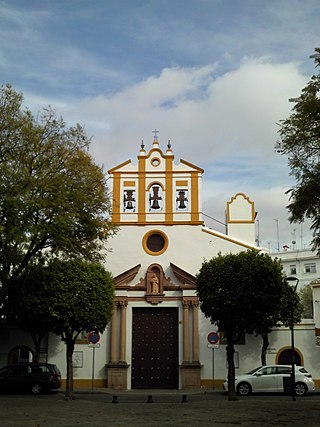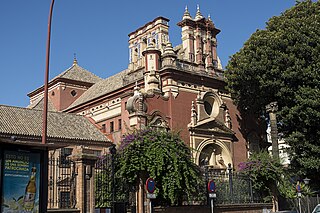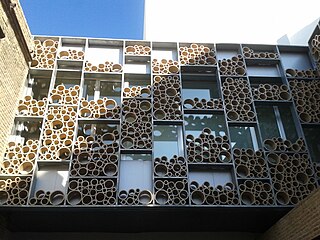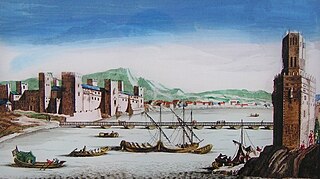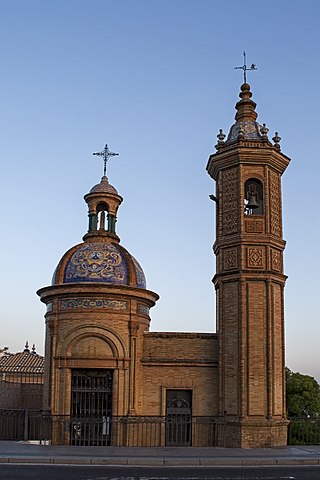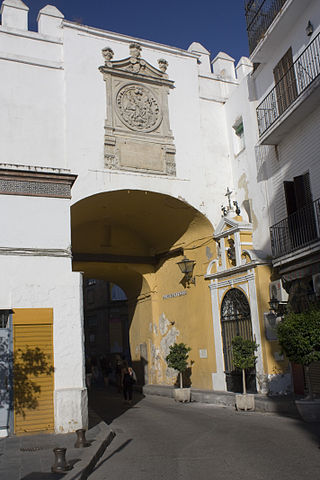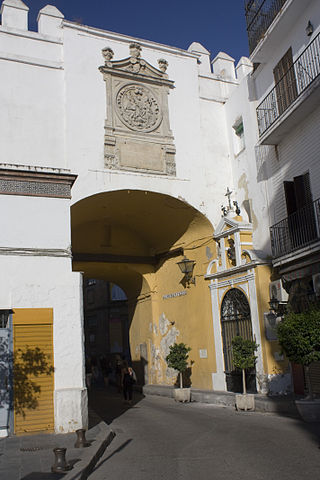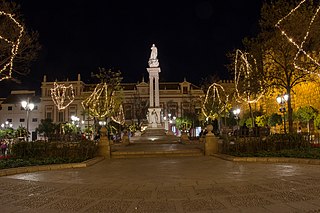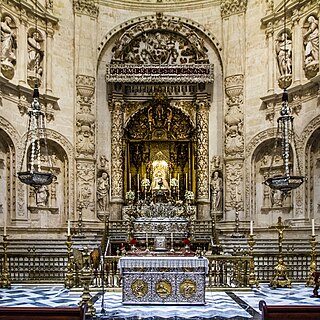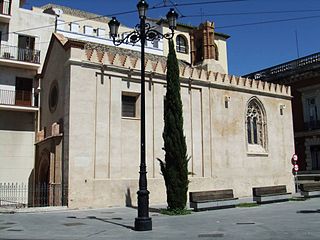Self-guided Sightseeing Tour #4 in Seville, Spain
Legend
Guided Free Walking Tours
Book free guided walking tours in Seville.
Guided Sightseeing Tours
Book guided sightseeing tours and activities in Seville.
Tour Facts
4.2 km
66 m
Experience Seville in Spain in a whole new way with our free self-guided sightseeing tour. This site not only offers you practical information and insider tips, but also a rich variety of activities and sights you shouldn't miss. Whether you love art and culture, want to explore historical sites or simply want to experience the vibrant atmosphere of a lively city - you'll find everything you need for your personal adventure here.
Activities in SevilleIndividual Sights in SevilleSight 1: Iglesia Parroquial de San Gonzalo
The church of San Gonzalo is the seat of a Catholic parish in the neighborhood of Triana, in the city of Seville, Andalusia, Spain.
Sight 2: Iglesia de San Jacinto
The church of San Jacinto in Seville is the temple of a Dominican convent founded in the seventeenth century. It is located on the corner of San Jacinto and Pagés del Corro streets, in the Triana neighborhood.
Sight 3: Centro Cerámica Triana
The Triana Ceramic Centre is a museum created in 2014 by the Seville City Council, with the collaboration of the Junta de Andalucía, to preserve and promote the city's ceramic tradition.
Sight 4: Castillo de San Jorge
The Castle of San Jorge was a medieval fortress built on the west bank of the Guadalquivir river in the Spanish city of Seville (Spain). It was also used as headquarters and prison for the Spanish Inquisition. It was demolished in the 19th century and made into a food market. A museum in the underground ruins focuses on the history of the castle, the Spanish Inquisition and of religious repression. Next to the food market in the Barrio de Triana, the Alley of the Inquisition, which was part of the fortifications, now connects Castilla Street with the Nuestra Señora de la O Walk.
Sight 5: Capilla del Cármen
The Chapel of Carmen is a small chapel located in the neighborhood of Triana, in Seville, Andalusia, Spain. It is located on the west side of the Triana Bridge. It was built designed by the architect Aníbal González and its construction was completed in 1928.
Sight 6: Teatro de la Maestranza
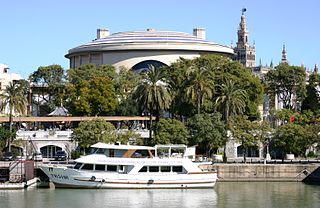
The Teatro de la Maestranza is an opera house located in Seville, Spain.
Sight 7: Reales Atarazanas
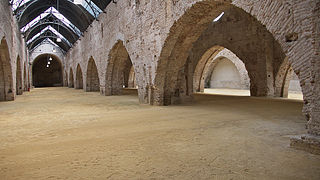
The Seville Shipyard is a medieval shipyard in the city of Seville that operated from the 13th to the 15th century. Composed of seventeen naves, the building was connected to the Guadalquivir River by a stretch of sand.
Sight 8: Arco del Postigo
The Postigo del Aceite is with the Puerta de la Macarena and Puerta de Córdoba the only three access preserved in today of those who had the walls of Seville, Andalusia, Spain.
Sight 9: Postigo del Aceite
The Postigo del Aceite, known in Muslim times as bab al-Qatay, is, together with the Puerta de la Macarena and the Puerta de Córdoba, the only three accesses that are preserved today, although transformed, of those that had the walls of Seville, Andalusia, Spain.
Sight 10: Tumba de Cristóbal Colón
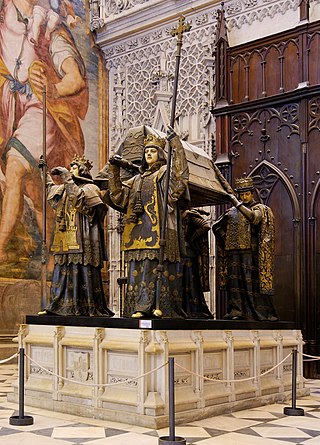
The Tomb of Christopher Columbus is located in the Seville Cathedral since 1899. Previously, it was located in Valladolid, the Monastery of the Cartuja de Sevilla, in Santo Domingo, and in Havana.
Sight 11: Plaza del Triunfo
The Plaza del Triunfo in the Spanish city of Seville is located on the axis of a group of buildings declared World Heritage Sites in 1987: the General Archive of the Indies, the Royal Alcazar of Seville and the Cathedral of Seville.
Sight 12: Capilla Real
The Royal Chapel of the Cathedral of Seville, (Spain), is located at the head of the cathedral of Seville, and in it, among other members of royalty, the monarchs Ferdinand III of Castile, Alfonso X of Castile and Pedro I of Castile are buried.
Sight 13: Híspalis Fountain
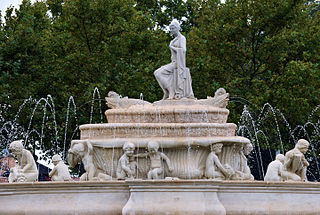
The Fuente de Híspalis, also called the Fuente de Sevilla, is a fountain located in the Puerta de Jerez square in the city of Seville, Andalusia, Spain.
Sight 14: Capilla Santa María de Jesús
The Chapel of Antiguo Seminario Santa María de Jesús is a chapel located in Sevilla, Spain. It was declared Bien de Interés Cultural in 1901.
Wikipedia: Chapel of Antiguo Seminario Santa María de Jesús (EN)
Sight 15: Torre Abd el Aziz
The Tower of Abd al-Aziz is a hexagonal-shaped Almohad tower located in the Andalusian city of Seville, Spain. It was one of the vertices of the city wall, which linked with the walls of the palaces in that area, such as the nearby Real Alcázar. It has also been called the Tower of Homage, but not because it is the central tower of a great fortress, but because of a legend, not historical reality, which says that this was the first place where the Castilian banner flew after the conquest of the city in 1248.
Sight 16: General Archive of the Indies
The Archivo General de Indias, often simply called the Archive of the Indies, was created by Carlos III and inaugurated in 1785. It is housed in the former merchant guild building in Seville, Spain, built in the late 16th century. It became the repository of archival materials documenting the history of the Spanish Empire in the Americas and Asia. The building was designed by Juan de Herrera; it is an Italianate example of Spanish Renaissance architecture. This structure and its contents were registered in 1987 by UNESCO as a World Heritage Site, together with the adjoining Seville Cathedral and the Alcázar of Seville.
Sight 17: Alcázar of Seville
Get Ticket*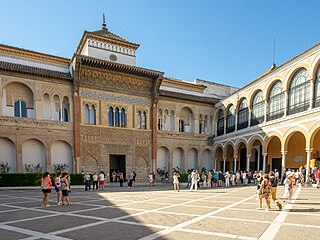
The Alcázar of Seville, officially called Royal Alcázar of Seville, is a historic royal palace in Seville, Spain. It was formerly the site of the Islamic-era citadel of the city, begun in the 10th century and then developed into a larger palace complex by the Abbadid dynasty and the Almohads. After the Castilian conquest of the city in 1248, the site was progressively rebuilt and replaced by new palaces and gardens. Among the most important of these is a richly-decorated Mudéjar-style palace built by Pedro I during the 1360s.
Share
How likely are you to recommend us?
Disclaimer Please be aware of your surroundings and do not enter private property. We are not liable for any damages that occur during the tours.
GPX-Download For navigation apps and GPS devices you can download the tour as a GPX file.
